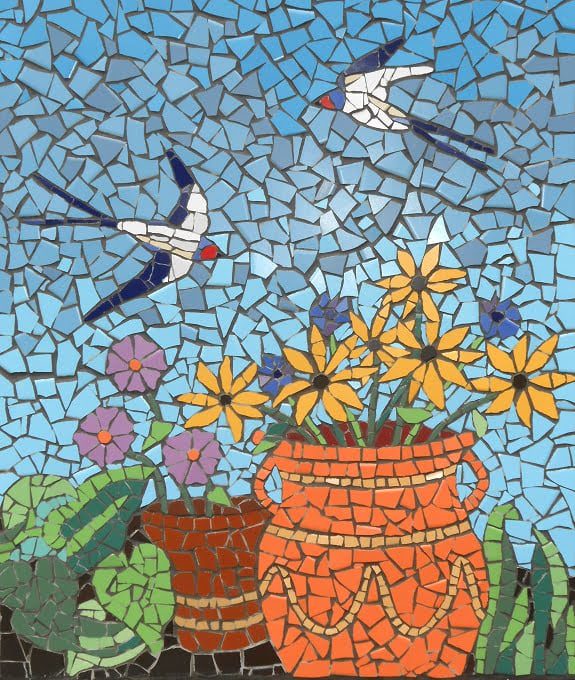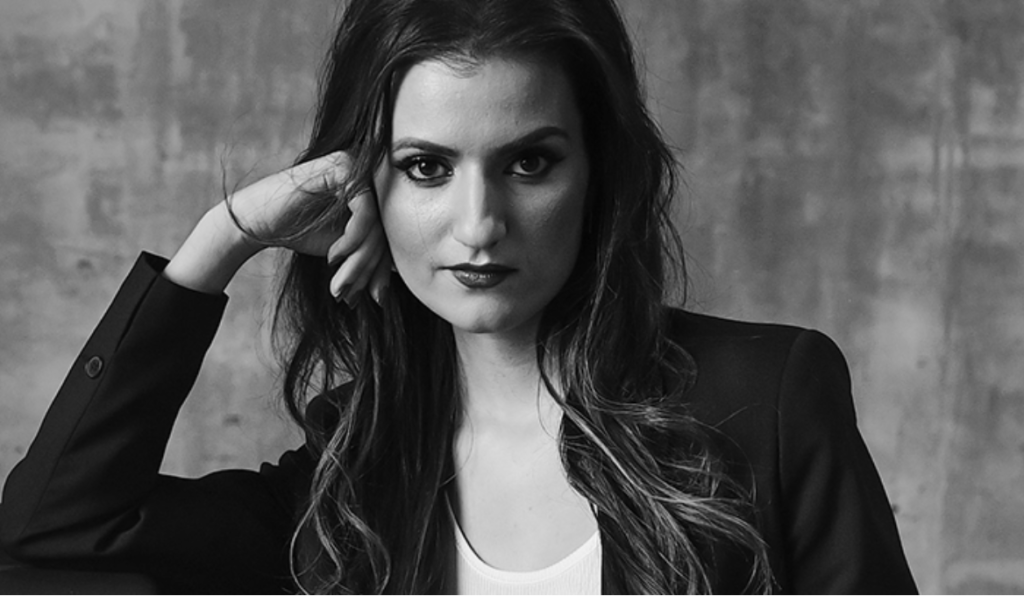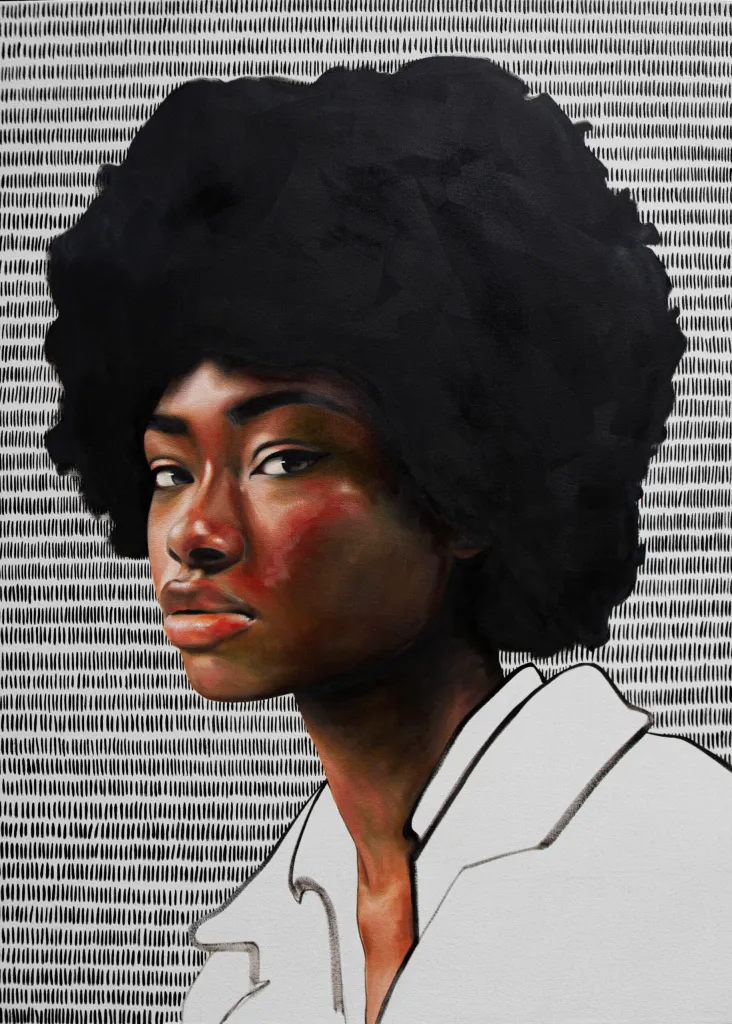
Dorothy C. Miller: A curator who transformed the landscape of American art in the mid-20th century.


Curators are like the wizards behind the curtain, making art exhibitions come to life and giving voice to talented artists. These curators are the ones who choose which artworks to display, arrange them, and help us understand what the artist is trying to say.
Curators are the experts who guide us through the art world. They carefully pick and present artworks, ensuring we connect with the artist’s emotions and ideas. They’re like the keepers of our cultural treasures, putting together exhibitions that show off beautiful art and make us think, question, and see art in new ways.
Today, our focus is on one special curator, Dorothy C. Miller. With an unerring eye for talent and a commitment to promoting the avant-garde, she transformed the landscape of American art in the mid-20th century.
She was instrumental in recognizing and promoting artists who would go on to define an era, including Jackson Pollock, Jasper Johns, and Mark Rothko. Her groundbreaking exhibitions, such as the “Fourteen Americans,” offered a platform for emerging talents, forever altering the course of art history.
But Dorothy C. Miller’s influence extended far beyond the walls of MoMA. Her commitment to championing American artists and their growth gave birth to a new era of creativity. Her belief in the power of art to challenge conventions makes her a beacon for artists seeking innovation.
So, let’s explore the life of a curator who left an indelible mark on the art world, curating the past and future of art.
Early years and education
Dorothy was born on February 6, 1904, in Hopedale, Massachusetts. From a young age, she was interested in arts and expression. She attended Hopedale High School, where her love of the arts continued to grow.
After graduating high school, Dorothy enrolled at Boston University with a Bachelor of Science in Education. This educational background equipped her with a strong foundation in teaching and understanding the importance of art education.
Following her undergraduate studies, Dorothy continued her academic journey, enrolling in graduate courses at Harvard University. She delved deep into the study of art history, further refining her knowledge and passion for the subject. This academic pursuit laid the groundwork for her future contributions to the art world.
Early career and MoMA
If I hadn’t known any artists, I wouldn’t know a damn thing about art. You have to know the people and see them working and let them tell you about their pictures.”
Dorothy’s journey in art took off when she joined the Museum of Modern Art (MoMA) in 1934. She started as a volunteer, showcasing her dedication and enthusiasm for the institution’s mission. Her hard work did not go unnoticed, and she quickly climbed the ranks.
One of her most significant contributions at MoMA was her involvement in the groundbreaking “Fourteen Americans” exhibition in 1946. This exhibition showed the works of emerging American artists, including the iconic Jackson Pollock. Dorothy’s keen eye and unwavering support for these artists helped bring them into the spotlight, forever altering the landscape of modern American art.
Dorothy C. Miller’s early years and educational background provided her with the tools and knowledge to become a curator of exceptional influence in art. Her journey from Hopedale, Massachusetts, to the prestigious halls of MoMA is a testament to the power of passion, education, and dedication in shaping a remarkable career in the arts.
Championing diversity and innovation in the arts
Dorothy C. Miller’s impact on the art world extended far beyond her ability to spot talent; she was a trailblazer in championing diversity and innovation within the art community.
At a time when the art world was predominantly male-dominated, Dorothy actively sought out and supported female artists. She recognized the importance of providing a platform for women to express their creativity. Her inclusive approach helped pave the way for female artists to gain recognition and prominence in a field that had long overlooked their contributions.
Dorothy’s commitment to innovation was evident in her curation of groundbreaking exhibitions that challenged conventional thinking. She didn’t just display art; she curated experiences that pushed the boundaries of what art could be. Her exhibitions often blurred the lines between different art forms, bringing together painters, sculptors, and musicians to create immersive and thought-provoking installations.
One of her most daring endeavors was the 1952 MoMA exhibition titled “15 Americans,” which featured artists such as Robert Rauschenberg and Ellsworth Kelly. This exhibition marked the emergence of the Neo-Dada and Pop art movements. Dorothy’s willingness to embrace these new forms of expression was crucial in their acceptance and eventual success.
Dorothy C. Miller’s legacy as a curator is not just about showcasing art; it’s about fostering an environment where creativity knows no bounds. Her tireless efforts to promote diversity and innovation in art continue to inspire curators and artists today.
A Lasting Legacy- Why Dorothy C. Miller’s work is worth mentioning?
Dorothy C. Miller’s influence on the art world reverberates through time, leaving a profound and lasting artistic legacy that continues to shape how we perceive and engage with art.
Beyond her curatorial work, Dorothy Miller’s commitment to education and public engagement is worth mentioning. She believed that art should be accessible to all and tirelessly worked to bridge the gap between artists and their audiences. Her innovative approaches to exhibition design and interpretation made art more approachable and engaging for visitors, creating a deeper connection between viewers and artworks.
Dorothy’s legacy also includes her role as a mentor and advocate for young curators and artists. She inspired future generations to follow in her footsteps, encouraging them to challenge conventions, take risks, and explore new art curation and creation frontiers.
Some of the prominent works of Dorothy C. Miller include
Dorothy C. Miller, a pioneering curator, left an indelible mark on the art world through her curation of significant artworks. Here are a few of her most prominent works:
1. Americans 1942: 18 Artists from 9 States
One of Miller’s most notable exhibitions took place in 1942 at the Museum of Modern Art (MoMA). Titled “Americans 1942: 18 Artists from 9 States,” this exhibition introduced the world to emerging American artists during a crucial time in history, as the United States was deeply involved in World War II. Miller’s selection of artists, including Jackson Pollock, Mark Rothko, and Charles E. Burchfield, showcased the diversity and innovation in American art.
2. Support for Willem de Kooning
In 1948, Miller’s keen eye and unwavering support for emerging talent led her to recommend that MoMA acquire a black-and-white painting from Willem de Kooning’s first solo exhibition at the Charles Egan Gallery. This move proved pivotal, as de Kooning later became a seminal figure in the Abstract Expressionist movement, and Miller’s endorsement played a crucial role in acknowledging his talent.
3. Encouragement of Diverse Artists
Miller’s influence extended beyond those she exhibited at MoMA. She provided guidance and support to artists like James Lee Byars, Forrest Bess, and Cy Twombly, even if their works were not displayed in the museum. Her mentorship and recommendations helped these artists find their place in the art world, showcasing Miller’s commitment to fostering emerging talent.
4. A Focus on Significance
Throughout her career, Miller emphasized the significance and emotional depth of artworks over commercial considerations. She rarely used the term “important,” preferring descriptors like “significant” and “emotionally compelling.” This perspective challenged conventional notions of what art should be and encouraged a more profound appreciation for creativity.
Dorothy C. Miller’s notable works as a curator continue to influence the way we perceive and value art today. Her dedication to showcasing emerging talent, supporting artists behind the scenes, and prioritizing the emotional impact of art remains a source of inspiration for curators, artists, and art enthusiasts worldwide.
Dorothy C. Miller: What can we learn from her work?
Dorothy C. Miller, a remarkable curator, approached the world of art with a unique perspective. Her criteria for selecting artworks went beyond the ordinary. She didn’t just ask if a piece was beautiful; instead, she questioned if it would leave a lasting mark, if it was original, and if it had the power to change the way we perceive the world.
Miller’s approach was anything but typical. She didn’t rush to showcase an artist’s work at the Museum of Modern Art; instead, she patiently tracked their progress over years. Her keen eye often spotted artists who were not yet ready for the spotlight but had the potential for greatness.
Her contributions extended beyond the walls of the museum. She didn’t just exhibit artists’ work; she helped them find dealers and collectors. Her recommendations for grant applications opened doors for many. Artists like James Lee Byars, Forrest Bess, and Cy Twombly found not only her advice but also her unwavering support.
Even when declining to recommend an artist, Miller remained graceful and supportive. She prioritized being honest and ensuring that her name was used only for those artists whose work she genuinely believed in. Her responses were rooted in a sincere desire for the artist’s success.
Dorothy C. Miller’s legacy lies not only in the artworks she exhibited but also in her unique approach as a curator. She valued the lasting impact, the originality, and the emotional depth of art. Her unwavering support for artists, whether exhibited or not, left an indelible mark on the art world.
Want to learn more about art? Test your knowledge
If you’re intrigued by women artists from the past and want to get deeper into their stories or challenge your knowledge about them, Arts to Hearts Project has just the thing for you!
We offer an engaging online quiz on art history specifically designed for artists. It’s a fantastic opportunity to refresh your memory, learn more about remarkable women in art, and test your knowledge.
Join us in celebrating the rich history of women artists by taking our art history quiz today!

















Comments 10